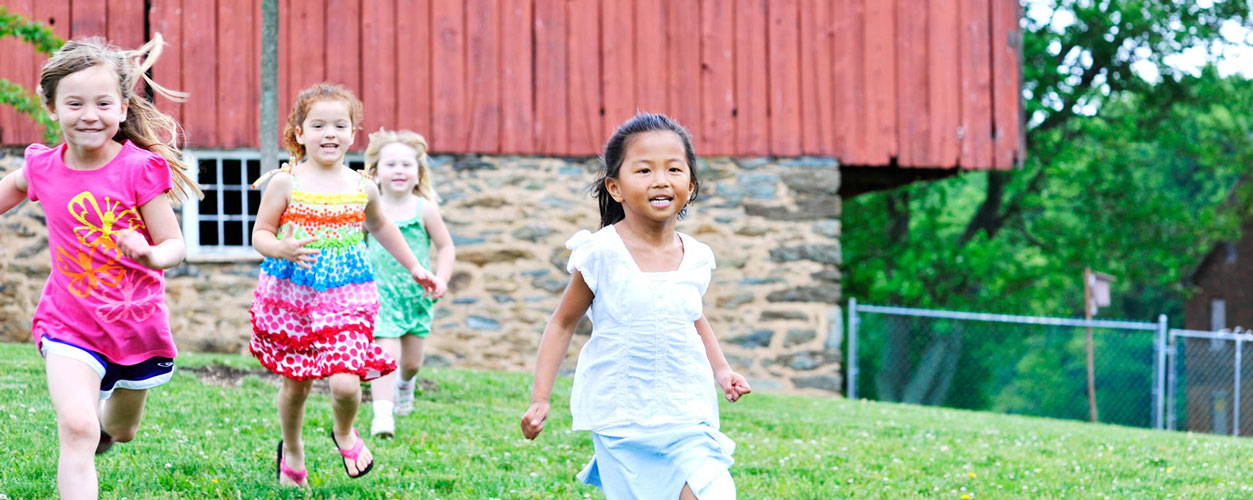Why do Montessori classes tend to be larger than those found in other schools?
Many schools take pride in having small classes, and parents may wonder why some Montessori classes are so much larger. Montessori schools are warm and supportive communities of students, teachers, and parents. Montessori pre-school classes commonly group together twenty-five to thirty children covering a three-year age span. As children grow older and more capable, they assume a greater role in helping care for the environment and meeting the needs of younger children in the class.
Schools that place children together into small groups assume that the teacher is the source of instruction, a very limited resource. They reason that as the number of children decreases, the time that teachers have to spend with each child increases. Ideally, then, we would have a one-on-one tutorial situation.
But the best teacher of a three-year-old is often another somewhat older child. This process is good for both the tutor and the younger child. At MSW, the teacher is not the primary focus. The larger group size puts the focus less on the adult and encourages children to learn from each other. By having enough children in each age group, all students will find others at their developmental level.
Originally, Dr. Montessori enrolled more than forty-five children in a classroom. Her purpose for this was to insure that her teachers would help children become capable, independent learners, children who would also turn to one another for lessons and guidance.
MSW is comprised of a diverse student body representing many ethnic, religious, and international backgrounds. The curriculum seeks to promote a global perspective, promoting mutual respect. The intent is for children to regard diversity as a call for celebration and not a cause for fear. Older students learn to care about others through community service.
By consciously bringing children together in larger multi-age class groups, in which two-thirds of the children ideally return each year, the school environment promotes continuity and the development of a very different level of relationship among children and their peers, as well as among children and their teachers. MSW classes strive to be stable communities, with only the oldest third moving on to the next level each year.
Adapted from “The Montessori Way,” by Tim Seldin & Paul Epstein Ph.D., published by the Montessori Foundation, 2006.

